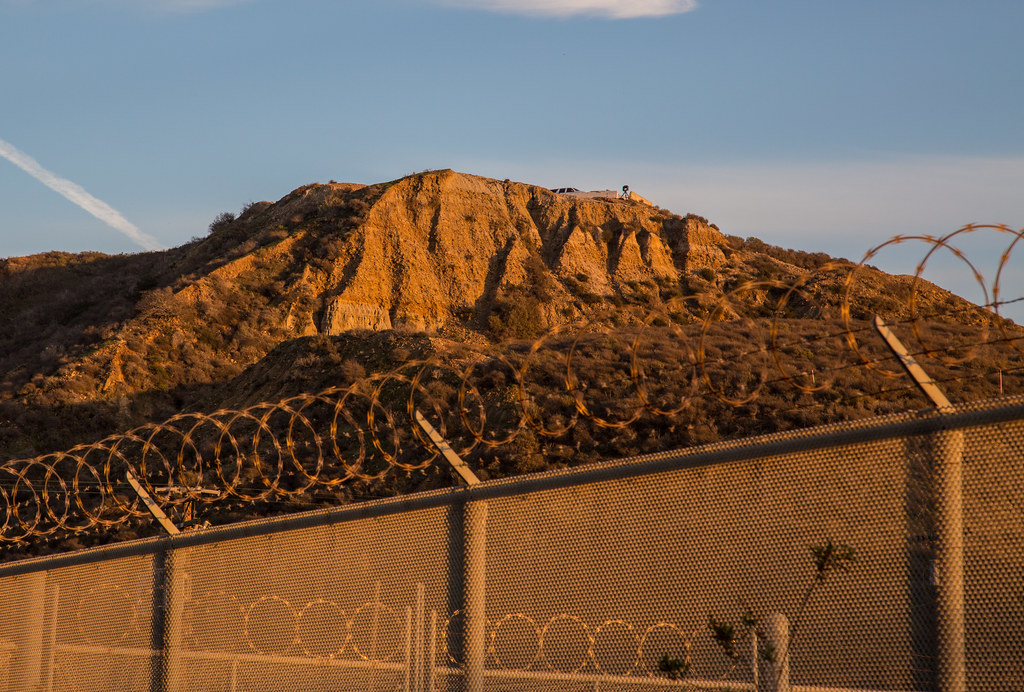Supreme Court Stays Asylum Injunction: Signal on the Merits or Procedural Snag?
On Sept. 11, the Supreme Court stayed a preliminary injunction imposed by Judge Jon Tigar of the U.S. District Court for the Northern District of California against the third country asylum rule recently issued by the Department of Homeland Security (DHS). The rule would bar foreign nationals who cross the U.S.-Mexico border from receipt of U.S. asylum when they transit through a third country without applying for protection in that country.

Published by The Lawfare Institute
in Cooperation With

On Sept. 11, the Supreme Court stayed a preliminary injunction imposed by Judge Jon Tigar of the U.S. District Court for the Northern District of California against the third country asylum rule recently issued by the Department of Homeland Security (DHS). The rule would bar foreign nationals who cross the U.S.-Mexico border from receipt of U.S. asylum when they transit through a third country without applying for protection in that country. Justice Sonia Sotomayor dissented from the stay, joined by Justice Ruth Bader Ginsburg.
The complete stay of the preliminary injunction supplanted a partial stay issued the previous day by the U.S. Court of Appeals for the Ninth Circuit, which had limited the injunction to states within the Ninth Circuit, such as California and Arizona, but excluded Texas and New Mexico, which are outside the circuit. As a practical matter, the Supreme Court’s stay will result in denials of asylum to many individuals at the southern border, pending a decision by the Ninth Circuit or further review in the Supreme Court.
The seven justices who voted for or did not oppose the stay—including liberals Stephen Breyer and Elena Kagan—may have been influenced by either the merits of the government’s arguments or threshold concerns that the plaintiffs here lacked standing to sue about the rule. The plaintiffs were asylum rights groups whose injuries were largely vicarious, derived from possible harm to the asylum seekers themselves. While the groups alleged harm to their continuing projects, that harm is less compelling than the risk to asylum seekers themselves, who may have to stay in Mexico despite attacks by gangs or may have to return to their countries of origin to face persecution.
If concerns about standing did not drive the Supreme Court’s stay, the government’s argument on the merits may have persuaded at least five of the justices. Solicitor General Noel Francisco framed the third country rule as a bid to staunch the flow of immigrants from Central America across the southern border. Under 8 U.S.C. § 1158(b)(2)(C), the government can issue rules to address a spike in immigration, as long as such rules are “consistent” with the asylum provisions in the Immigration and Nationality Act (INA). Immigration statistics indicate that the number of immigrants apprehended at the border has already risen to approximately 400,000 this fiscal year.
According to the stay request filed by the solicitor general (part of the Justice Department’s aggressive new practice of turning to the Supreme Court for expedited relief, noted by Steve Vladeck), the government’s choice of methods for dealing with this problem warrants judicial deference. If that argument swayed the Supreme Court, the court’s ultimate decision on the merits may owe much to its 2018 decision in Trump v. Hawaii upholding President Trump’s travel ban.
The challengers’ argument on the merits, distilled by Sotomayor in her dissent from the stay, was articulated in an amicus curiae brief by distinguished professors of immigration law on which I served as co-counsel alongside Shoba Sivaprasad Wadhia of Penn State Law and partner Alan Schoenfeld and ex-associate Alex Gazikas of WilmerHale (now that Gazikas is clerking, associate Tara Levens has picked up the slack). Sotomayor noted that the INA already includes categorical bars to asylum involving an asylum applicant’s stay in another country prior to seeking asylum in the United States. However, the current categorical bars in the INA balance the efficiency of consigning some asylum claims to third countries with the value of protection for asylum seekers.
The INA’s categorical bars protect refugees whose stays in other countries are merely temporary and do not include an offer of permanent status, as well as refugees passing through countries that do not provide full and fair adjudication of asylum claims. The new DHS rule disregards these limits. Under the general/specific canon of interpretation outlined by the late Justice Antonin Scalia and his co-author Bryan Garner, a court should read a general provision such as the INA’s grant of authority to immigration officials to make rules “consistent with this section” as harmonizing with the constraints of more specific rules on related subjects. Otherwise, the general provision would swallow up the specific portions of the statute, frustrating Congress’s plan. Sotomayor viewed the absence of constraints in the third country rule as a signal that it undermines the INA’s statutory scheme.
Time will tell if the Supreme Court is more concerned about standing or about deference to substantive government rules. If the court was concerned primarily about standing, the new rule’s challengers will not have to wait long to find new plaintiffs who have suffered the specific, concrete injuries that standing doctrine requires: The stay will produce many potential plaintiffs who have been denied asylum at the border. The weight of that deprivation may also reinforce the strong statutory arguments made by the challengers. The Ninth Circuit will hear argument this December on the government’s appeal of the preliminary injunction. Whoever loses in the Ninth Circuit will most likely seek certiorari from the Supreme Court, possibly in time for a decision later this term or, failing that, during the October 2020 term.



.jpg?sfvrsn=676ddf0d_7)

